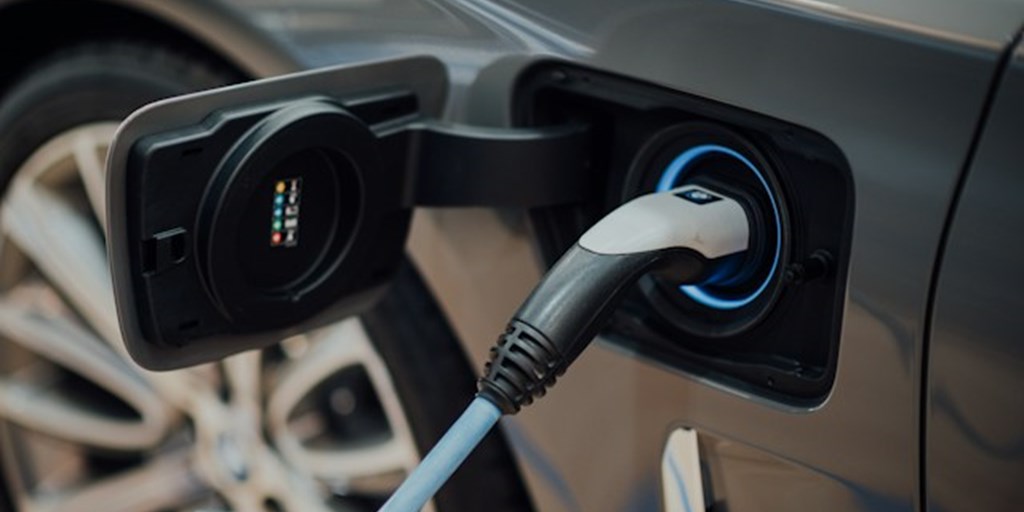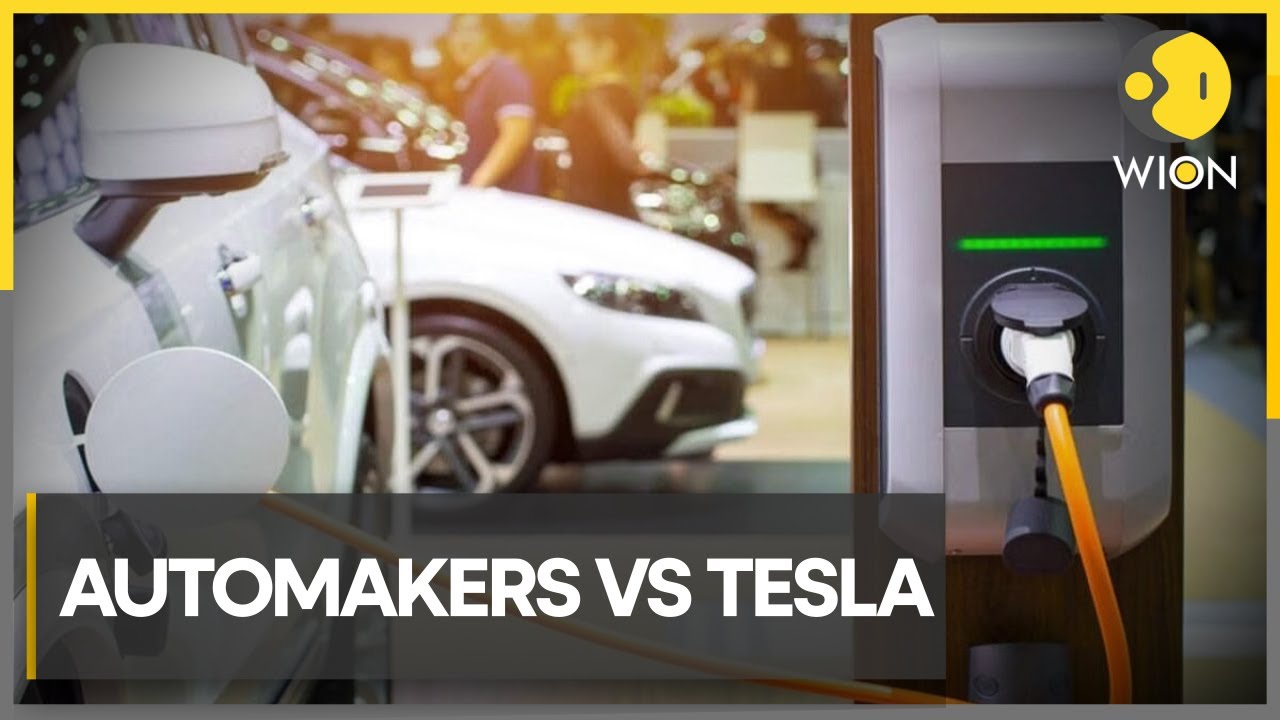What’s Driving the Growth of EV Infrastructure? Buy EV Charging news for Key Updates
What’s Driving the Growth of EV Infrastructure? Buy EV Charging news for Key Updates
Blog Article
Top EV Charging News: Trick Updates on Framework and Development
Recent Advancements in Fast-Charging Innovation

Moreover, improvements in battery technology, including improved thermal management systems and greater power density batteries, complement fast-charging abilities. These developments minimize the threat of battery destruction throughout fast charging, making certain longevity and efficiency for EV owners.
Furthermore, the assimilation of wise charging remedies is improving user experience, making it possible for real-time surveillance and vibrant prices designs. EV Charging news. This adaptability permits drivers to maximize charging costs and times based on grid need
As automakers remain to invest in fast-charging networks, the cooperation in between market stakeholders is essential. Collaborations between charging terminal providers and vehicle producers are paving the method for considerable protection, ultimately fostering a more robust EV community. These innovations are essential in supporting the transition to lasting transport.
Government Campaigns for Billing Growth
Government efforts play a critical duty in the development of electric vehicle (EV) billing framework, facilitating the shift to sustainable transportation. Different federal and state programs are being carried out to improve billing accessibility, reduce the monetary burden on consumers, and promote the adoption of electrical vehicles.
Notably, the united state government has actually assigned substantial funding with the Infrastructure Financial Investment and Jobs Act, which earmarks $7.5 billion for EV charging network development across the country. This funding is focused on releasing hundreds of new charging stations, especially in underserved areas, thus dealing with variety stress and anxiety among possible EV purchasers.
Additionally, numerous states are establishing regulation to simplify the permitting process for charging station setups, which is important for accelerating deployment. Incentives such as tax debts and refunds for both customers and businesses are likewise being introduced to motivate the installation of billing framework.
Moreover, public-private partnerships are significantly ending up being a focus, leveraging exclusive investment to enhance federal government financing. These campaigns highlight a collective method necessary for building a extensive and reliable EV billing network, ultimately adding to a greener and more sustainable future.
Innovative Battery Solutions Enhancing Performance
Transforming the landscape of electrical car (EV) modern technology, cutting-edge battery options are significantly enhancing efficiency and performance. Breakthroughs in battery chemistry, specifically with lithium-sulfur and solid-state batteries, are resulting in increased power density, which permits longer ranges and faster charging times. These new battery types have the prospective to outperform typical lithium-ion batteries by providing higher capabilities while decreasing weight, thus enhancing total vehicle effectiveness.
Additionally, developments in battery management systems (BMS) are optimizing energy usage and prolonging battery life-span. Intelligent formulas check battery health and wellness and efficiency, enabling real-time modifications to charging and discharging procedures. This not only enhances the efficiency of the battery but additionally makes sure an extra reliable and lasting check it out power resource for EVs.
Additionally, the integration of reusing innovations is addressing the environmental effect of battery production and disposal. Advancements in second-life applications for EV batteries are facilitating their use in power storage systems, contributing to a round economic situation.
As these ingenious battery remedies continue to develop, they promise to transform the EV market, making electric vehicles a lot more easily accessible and attractive to a more comprehensive audience while supporting international sustainability goals.

Cooperation Between Automakers and Billing Networks
Recognizing the critical need for a robust charging infrastructure, car manufacturers are increasingly working together with billing network suppliers to improve the EV possession experience (EV Charging news). These collaborations intend to develop a smooth charging community that benefits consumers and sustains the change to electric lorries
Major automobile brand names are signing up with forces with well-known charging networks to broaden their charging terminal coverage, guaranteeing drivers have access to convenient and trusted billing options. Partnerships with networks like ChargePoint and Electrify America allow car manufacturers to integrate charging services directly into their automobiles' navigation systems, leading users to the nearby stations and providing real-time schedule updates.
In addition, these collaborations frequently cause the development of fast-charging modern technologies that dramatically decrease the time required to charge an EV. By pooling sources and competence, car manufacturers and billing networks can innovate quicker, creating options that fulfill the growing demand for electrical mobility.
Furthermore, joint initiatives might also cause even more standard charging protocols, which can minimize customer complication and promote broader EV fostering. On the whole, these tactical alliances are pivotal in constructing a efficient and easy to use charging framework that fulfills the needs of an increasing electric automobile market.
Challenges Dealing With EV Billing Facilities
As the electric lorry market remains to grow, a number of challenges are appearing that impede the growth of a detailed billing infrastructure. One of the primary obstacles is the not enough number of charging stations, particularly in country and underserved city areas. This void develops array stress and anxiety amongst possible EV purchasers, deterring them from making the switch.
Additionally, the absence of standardization in charging innovation complicates the infrastructure landscape. Variations in plug kinds and billing speeds can create complication for individuals and increase operational intricacies for billing network operators.
Another pressing concern is the high cost connected with the installation and maintenance of billing terminals, which can be a barrier for both exclusive companies and public entities. Lastly, regulative difficulties and zoning restrictions can delay the release of charging infrastructure, restraining development in broadening necessary services. Addressing these obstacles will be critical for cultivating a durable EV ecosystem that sustains the shift to lasting transport.
Final Thought
Finally, the ongoing innovations in EV billing technology, supported by significant government campaigns and cutting-edge battery remedies, are vital for the expansion and performance of electric vehicle infrastructure. Cooperations in between car manufacturers and billing providers additionally improve station insurance coverage, dealing with the growing need for Going Here accessible charging options. In spite of difficulties that persist within the EV charging landscape, these growths represent a favorable trajectory in the direction of an extra lasting and reliable Read More Here electrical automobile ecosystem.
Technologies in billing facilities have led to the development of ultra-fast chargers qualified of providing up to 350 kW of power, dramatically lowering billing times. Variations in plug types and billing rates can produce complication for individuals and raise operational intricacies for billing network drivers.In verdict, the ongoing developments in EV billing technology, sustained by significant government initiatives and ingenious battery remedies, are crucial for the growth and performance of electric lorry infrastructure. Collaborations between car manufacturers and billing service providers better improve station protection, resolving the expanding demand for accessible charging options. In spite of difficulties that linger within the EV billing landscape, these advancements symbolize a positive trajectory towards an extra lasting and efficient electric vehicle environment.
Report this page